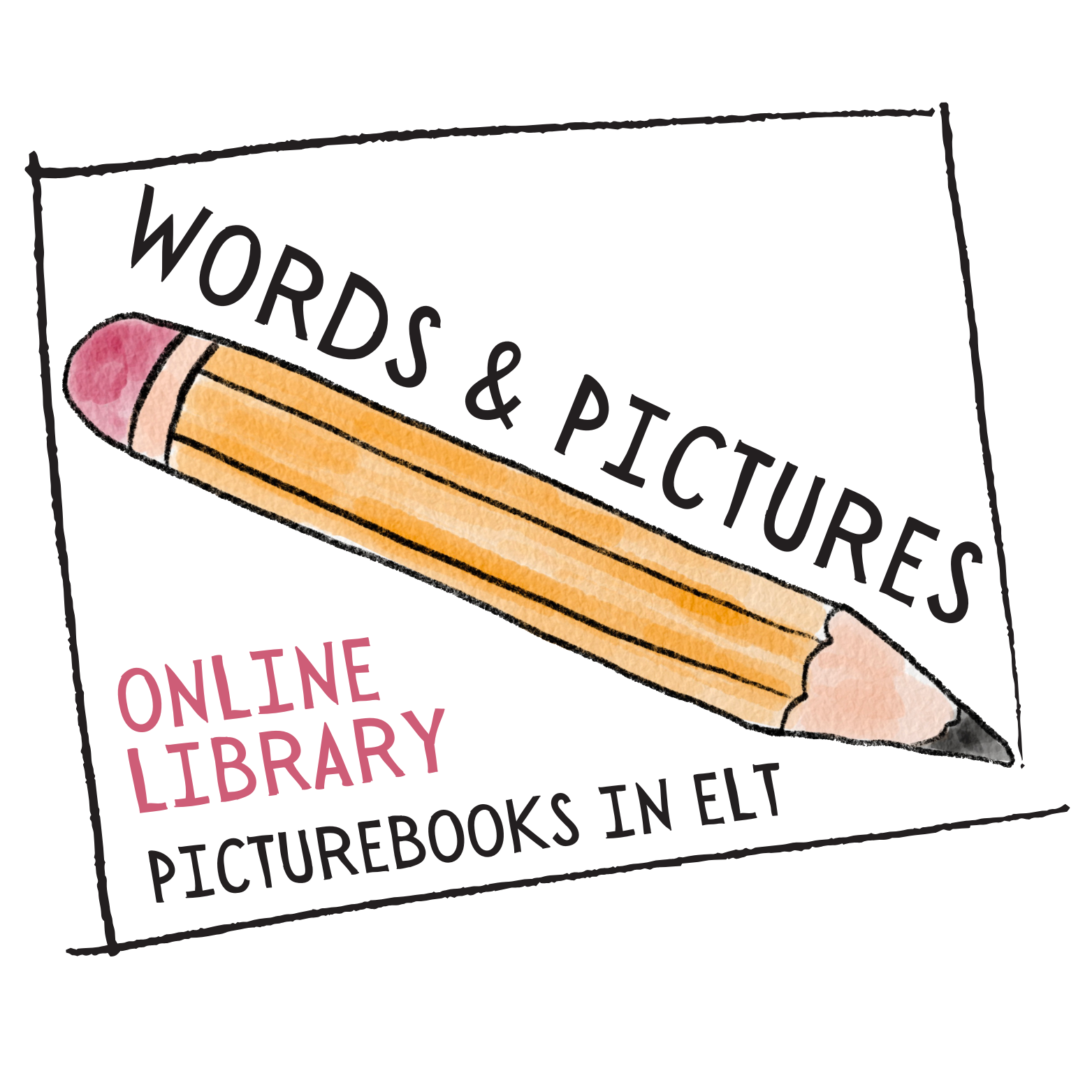Read More
Many children around the world speak a language at home which may not be used or recognised in their educational settings and, although there is a move to increase cultural diversity in picturebooks, from a linguistic perspective those selected for use in the ELT classroom are usually monolingual.
Multilingual or dual language picturebooks use more than one language to tell a story. There are several types of multilingual picturebooks:
- Interlingual picturebooks which use one dominant language with occasional words and phrases from another language woven into the text and dialogue
- Bilingual picturebooks in which the story is told completely in two languages. The texts in each language may be placed on the same page, facing pages, or in separate sections of the picturebook.
- Translated picturebooks, or separate versions in different languages with identical design and illustrations may also be considered multilingual picturebooks. However, when the book is in a language where the print runs from right to left the illustrations are often flipped.
Read More
Each type of multilingual picturebook has a place in educational settings to recognise and draw on the linguistic funds of knowledge of multilingual children. They support linguistic diversity and lead to more inclusive practices in ELT. Using such picturebooks acknowledge the existence of multiple languages in the classroom and facilitate translingual communicative practices in teaching and learning. They are also an excellent medium to support intercultural learning and to raise awareness of multilingualism. Research also shows that they support language learning and brain development.
Having access to another language in the English language classroom also facilitates a language(s) awareness approach. The teacher mediates the children’s discovery of different sounds, phrases, grammatical conventions and concepts, and highlights comparisons and differences between English and the other language. Exploring languages leads to metalinguistic discussions in relation to children’s other languages. In a context where both languages are present in the wider community and/or in the school, as second or foreign languages, a dual language picturebook in the ELT classroom can act as a resource for bilingual development.
Multilingual picturebooks give status to languages which may often not be recognised and ensure speakers of the dominant language do not have a false sense of language superiority. Multilingual picturebooks are important in all educational settings even when not all children or teachers know the languages.


